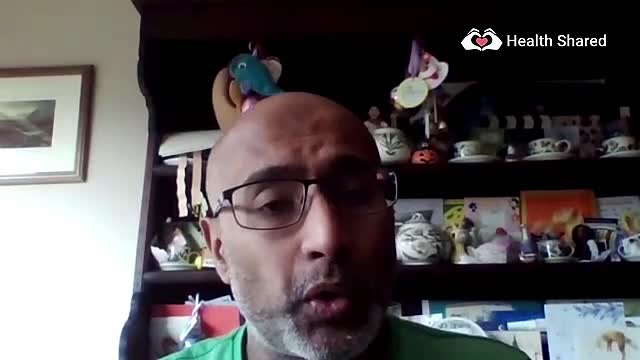Common cold
You can often treat a cold without seeing your GP. You should begin to feel better in about a week or two.
Check if you have a cold
Cold symptoms come on gradually and can include:
- blocked or runny nose
- sore throat
- headaches
- muscle aches
- coughs
- sneezing
- a raised temperature
- pressure in your ears and face
- loss of taste and smell
The symptoms are the same in adults and children. Sometimes, symptoms last longer in children.
Cold and flu symptoms are similar but flu tends to be more severe.
| Cold | Flu |
|---|---|
| Appears gradually | Appears quickly within a few hours |
| Affects mainly your nose and throat | Affects more than just your nose and throat |
| Makes you feel unwell but you’re okay to carry on as normal – for example, go to work | Makes you feel exhausted and too unwell to carry on as normal |
How you can treat a cold yourself
To help you get better more quickly:
- rest and sleep
- keep warm
- drink plenty of water (fruit juice or squash mixed with water is ok) to avoid dehydration
- gargle salt water to soothe a sore throat
A pharmacist can help with cold medicines
You can buy cough and cold medicines from pharmacies or supermarkets. A pharmacist can advise you on the best medicine.
You can:
- relieve a blocked nose with decongestant sprays or tablets
- ease aches or lower a temperature with painkillers like paracetamol or ibuprofen
Be careful not to use cough and cold medicines if you’re taking paracetamol and ibuprofen tablets as it’s easy to take more than the recommended dose.
Some are not suitable for children, babies and pregnant women.
There’s little evidence that supplements (such as vitamin c, zinc, echinacea or garlic) prevent colds or speed up recovery.
Find a pharmacy
See a GP if:
- your symptoms don't improve after three weeks
- your symptoms get suddenly worse
- your temperature is very high or you feel hot and shivery
- you're concerned about your child's symptoms
- you're finding it hard to breathe or develop chest pain
- you have a long-term medical condition – for example, diabetes, or a heart, lung, kidney or neurological disease
- you have a weakened immune system – for example, because you're having chemotherapy
Antibiotics
GPs don't recommend antibiotics for colds because they won't relieve your symptoms or speed up your recovery.
Antibiotics are only effective against bacterial infections and colds are caused by viruses.
How to avoid spreading a cold
Colds are caused by viruses and easily spread to other people. You're infectious until all your symptoms have gone. This usually takes a week or two.
Colds are spread by germs from coughs and sneezes which can live on hands and surfaces for 24 hours.
To reduce the risk of spreading a cold:
- wash your hands often with warm water and soap
- use tissues to trap germs when you cough or sneeze
- bin used tissues as quickly as possible
How to prevent catching a cold
A person with a cold can start spreading it from a few days before their symptoms begin until the symptoms have finished. The best ways to avoid catching a cold are:
- washing your hands with warm water and soap
- not sharing towels or household items (like cups) with someone who has a cold
- not touching your eyes or nose in case you've come into contact with the virus – it can infect the body this way
- staying fit and healthy
The flu vaccine helps prevent the flu but not colds.




Comments